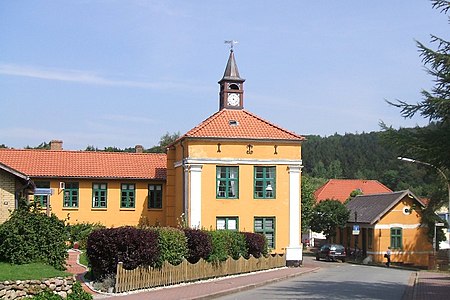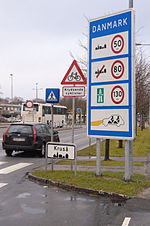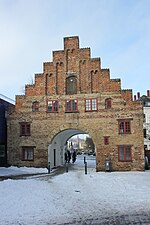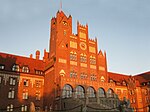Kupfermühle
Danish minority of Southern SchleswigFormer municipalities in Schleswig-HolsteinVillages in Schleswig-Holstein

Kupfermühle (Danish: Kobbermølle, both names meaning "copper mill") is a village located north of Flensburg in Schleswig-Holstein, Germany. It is located near the Flensburg Fjord just south of the easternmost part of the Danish-German border.
Excerpt from the Wikipedia article Kupfermühle (License: CC BY-SA 3.0, Authors, Images).Kupfermühle
Grenztal, Harrislee Kupfermühle
Geographical coordinates (GPS) Address Nearby Places Show on map
Geographical coordinates (GPS)
| Latitude | Longitude |
|---|---|
| N 54.836944444444 ° | E 9.4141666666667 ° |
Address
Grenztal 1
24955 Harrislee, Kupfermühle
Schleswig-Holstein, Germany
Open on Google Maps









